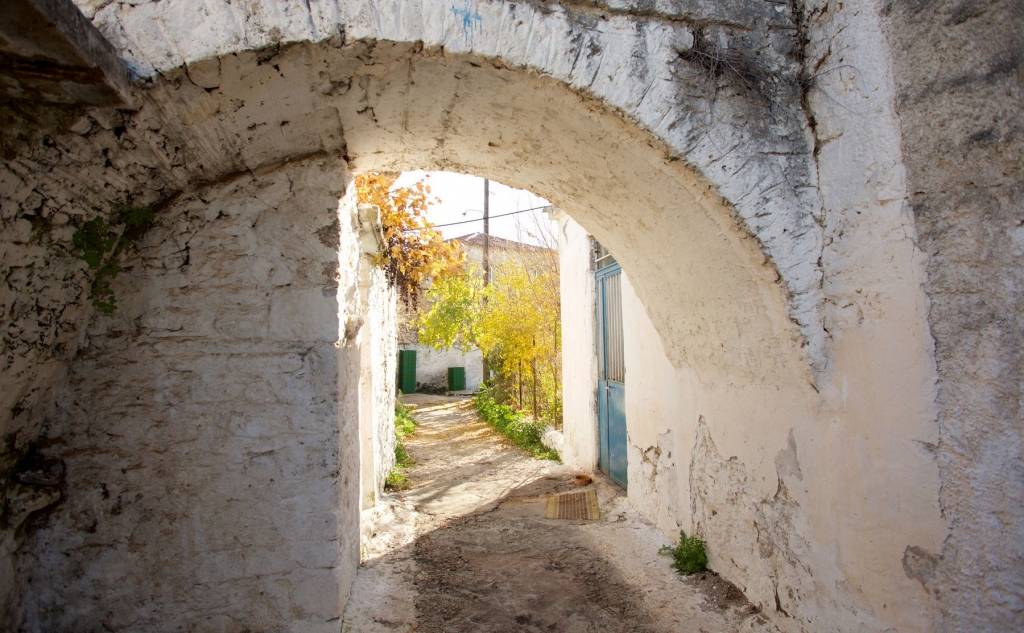





The semi-mountainous village of Megali Mantineia is located at the beginning of the Messenian Mani, built at an altitude of 200 metres. It is 16 kilometres from Kalamata and only 2 kilometres from the beach of Sadova, while it has approximately 150 permanent residents. The village is amphitheatrically built on a hill and stands out for its tower houses - examples of traditional architecture.
It was mentioned for the first time in 1463 as Ano Mantineia or Ano Chora. Until the middle of the 19th century, it was a significant settlement in the area of Zarnata. In 1470, the Venetian surveyor made the village his headquarters, while in the 17th century, the region experienced great destruction from the Turks and was temporarily deserted. At the end of the 18th century, a smaller settlement, Mikri (Small) Mantineia, was created nearby, as a result of which the older Ano Mantineia was renamed Megali (Great) Mantineia.
In the village, visitors can see the old school, built in 1743-1753, as well as the churches of Agios Andreas (1754) and the Dormition of the Virgin Mary with their remarkable wood-carved iconostasis.
Southeast of the village, in the Sadova ravine, there is the "Katafygi" cave, with a small opening at its entrance, through which only one person can pass. In the old years, the inhabitants of the area used the cave as a refuge during pirate and Turkish raids. At the same time, during the Orlov Revolt (1770), some of them met a tragic death on the spot by the Turkarvanites (Turks – Arvanites), who discovered them and suffocated them with burning sulfur.
Finally, mountain and hiking lovers can visit the Ridomos gorge, 25 kilometres long, one of the most important gorges in Greece. In fact, according to traveller Pausanias, in ancient times, the ravine was called "Hoireios (boar) Napi" because of the many wild boars that used to be there.